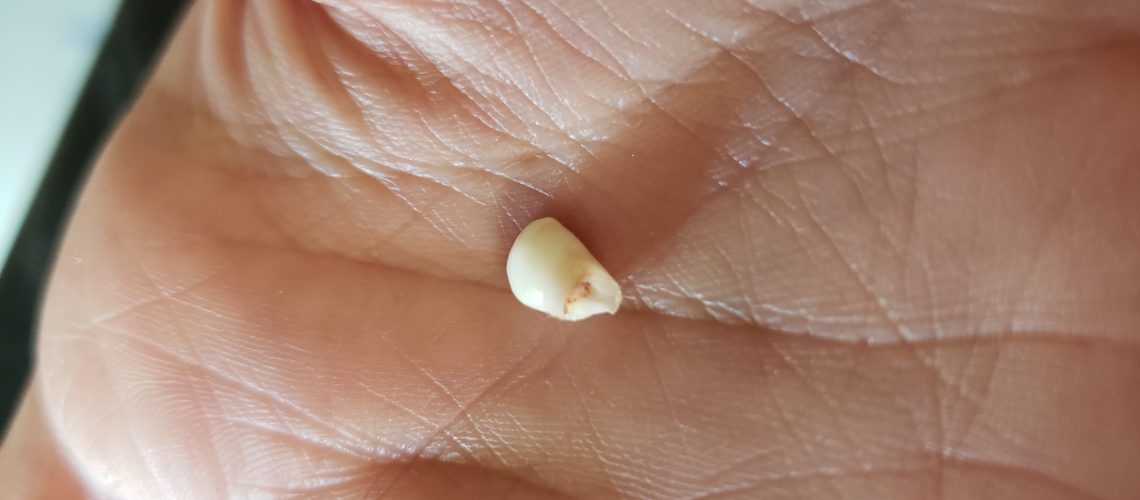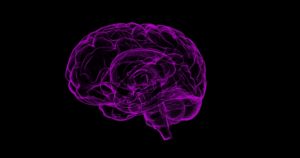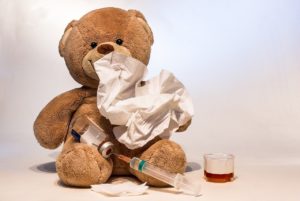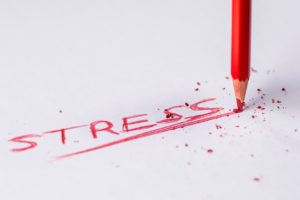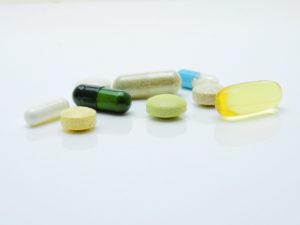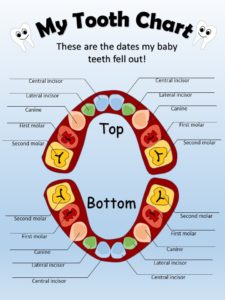My oldest daughter just lost her 8th tooth, and apparently it never gets old because she danced around the house with as much enthusiasm as she did for the first tooth. Now my youngest (4) is sitting with her brow furrowed, trying her hardest to wiggle her teeth, because the idea of a magical fairy sneaking into her room at night is just altogether too tempting. Personally, the idea that someone could sneak into my room and put a hand under my pillow without waking me freaks me out, but we all know by now that kids are just different. Each time a tooth is lost, the tooth fairy arrives to take the tooth (except for the time she forgot, woops!), and each time, she stands with the tooth in her hand, wondering what the heck to do with it. It somehow seems too important to throw out. This tooth was almost the sole focus of our lives for a week or two there, and it IS a piece of my child. My daughter says that the tooth fairy makes a necklace out of all of the teeth she collects. I don’t know about you, but I personally find a necklace full of teeth to be somewhat…morbid? So yet again, the tooth goes into the now gigantic “I’ll save this in case she ever wants to see it” box. But is there something better we can do with it? There might just be!
There are Stem Cells in Baby Teeth!
I’m sure that, like me, many of you were asked while you were pregnant whether you wanted to save the cord blood from the umbilical cord to bank your baby’s stem cells. If you want to read what I found out about that, you can check out my cord blood banking post, but while many doctors will tell you that cord blood banking is a possibility, most won’t tell you that there is another source for your child’s stem cells – their baby teeth (also called their deciduous teeth). But before I get into that…
What exactly ARE stem cells?
We all start out as just two cells – a sperm and an egg. These two cells join together to form a single complete cell that then divides again and again until we start to resemble a functional being. But given that these first cells are just copies of the same, how to they end up making different structures, like skin, bone, stomach, and brain? It turns out that some of these cells develop the potential to form any of many different types of cells in our bodies, and exposure to signals outside of them triggers those cells to become the different cell types (and ultimately structures) that are needed in the different parts of the growing embryo.
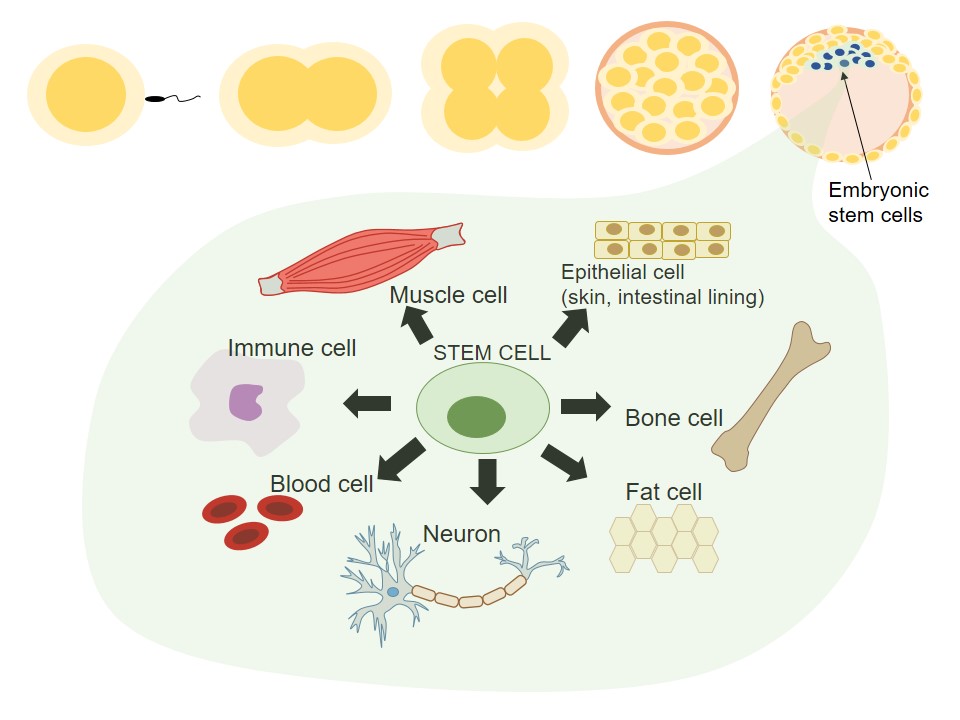
Embryonic stem cells are truly pluripotent, which means that they can differentiate into virtually any cell type there is. Current therapies out there use cells collected from embryos that were part of in vitro fertilization attempts and were donated by the parents. These cells are the best to use for stem cell therapies because they divide easily and can differentiate into so many different tissue types. Once a baby is born, there are no more embryonic stem cells because they have all differentiated into the structures that formed the parts of your baby. But in the 1950s, scientists discovered that there are also adult stem cells, which are stem cells that can be found in multiple locations throughout our adult bodies, and can differentiate into a variety of cell types. Adult stem cells are not able to turn into all cell types in the body, but there are different types of adult stem cells with different capacities to turn into different cell types. Some stem cells collected from the bone marrow, for example, have the ability to turn into blood cells (called hematopoietic stem cells), while others also collected from the bone marrow (called mesenchymal stem cells) can turn into bone, cartilage, and fat. Most of the adult stem cells used in stem cell therapies today are collected from the bone marrow, but there is ongoing research testing the use of stem cells from other locations, one of which is the teeth.
Why are there stem cells in teeth?
Remember that stem cells are triggered to differentiate into different cell types by factors surrounding them. Each stem cell type has receptors to particular factors. If those cells are not exposed to any of the factors, they are not triggered to differentiate. The stem cells in your child’s teeth are located in the pulp of the tooth, which is covered with enamel. This protects those stem cells somewhat from the factors that would normally cause them to differentiate into other tissues.

If scientists extract the stem cells from the teeth just before your child loses them, they can then trigger the cells to differentiate into the desired cell type for a stem cell therapy. But did you know that you, like your child, also have stem cells in your teeth? There are actually 5 types of stem cells that reside in different parts of your teeth. One type is in the dental pulp of your teeth, and research suggests that the best tooth to take these from is your third molar. These cells can be triggered to develop into bone cells, liver cells, neurons, and even cells in the pancreas that are important in the treatment of diabetes.
What kinds of treatments could dental stem cells be used for?
There has now been a lot of research examining how dental stem cells collected from baby teeth can be used to treat diseases in non-human models, and the results are promising! Because these cells can be triggered to differentiate into a lot of different cell types, they can potentially be used to treat a lot of different diseases. Check out the table below that shows the diseases that stem cells from baby teeth have been tested against. I did not include studies here testing the use of dental stem cells collected from live adult teeth, but those also show equal promise against these and other diseases, such as Alzheimer’s Disease.
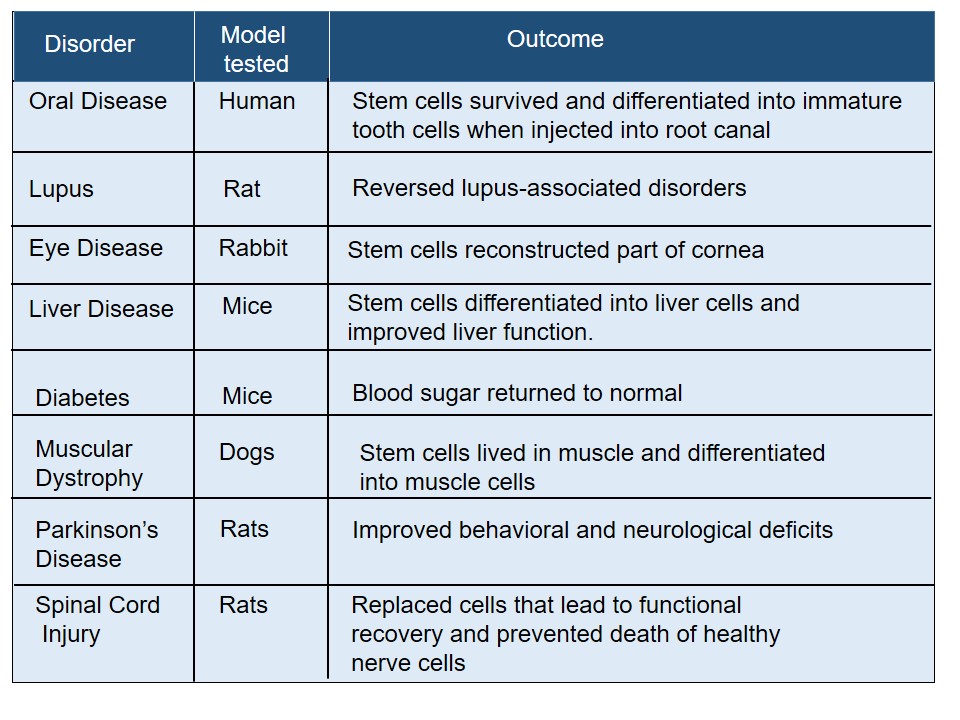
Are stem cells from teeth currently being used for treatments?
Let’s be frank. The businesses that would be responsible for banking your child’s dental stem cells should you choose to do it are exactly that – businesses. They know that parents are extremely concerned about the welfare of their children, both in an immediate sense and down the line. Of course, they are going to try to use that to sell their products. When I heard about stem cell banking (both cord blood and dental), I wondered whether I would be spending all of that money, and it is not cheap yet, for a pie in the sky therapy that not only may never be needed, but may also not yet be truly developed as an approved clinical treatment. So ARE dental stem cells being used in approved clinical treatments yet? The answer is, so far, no. While the studies listed above have shown great promise for stem cell therapies using cells collected from baby teeth, most of those studies were done in non-human models. Unfortunately, developing a stem cell therapy is not just a matter of collecting the cells and injecting them, or even placing them exactly where they need to go. For stem cell therapy to work, the cells need to be able to survive and differentiate not only in culture, but in the human body as well. They must also be able to divide and make more cells. And while we want them to divide, we don’t want them to divide too much or you’ll end up with a therapy that gets out of control. For that reason, a lot of research on both human and non-human models needs to be done to guarantee the effectiveness and the safety of the treatment. In the past decade, there have been a little over 50 clinical trials testing the use of dental stem cells, but all have been in the treatment of dental/oral disease. There is still a long way to go before dental stem cells can be routinely used in other types of disorders. However, there are many more clinical trials on stem cells collected from bone marrow, and those show promise, so it is possible that there will be uses for those dental stem cells in your child’s lifetime.
Let’s say a therapy is approved. Why would I want to use my child’s own cells rather than donor cells?
Stem cell therapy requires the injection or implantation of cells into the body. If those cells are detected as foreign, the body will mount an immune response against them. Your cells have a signature called a HLA-type (a.k.a. human leukocyte antigen type). This type is based on your genetic characteristics and is made up of many genes, five of which are often used to determine a match (A, B, C, DR, and DQ). For each of these genes, you inherit two alleles (or versions) – one from your mom and one from your dad. That means you have a total of 10 potential alleles to match with a donor. The more that match, the more likely that a patient’s body would accept the transplanted cells without the immune system attacking them.

This becomes particularly important if you have a multi-ethnic background, because you are more likely to have a rare HLA type, and finding a matching donor would be more difficult. If you bank your child’s stem cells, those cells would always be a perfect match if they are needed later in life, and that saves not only critical time, but also the cost of as much as $50,000 for the matching and donation from an unrelated donor.
Let’s break down the costs:
As I mentioned, banking your dental stem cells is not a cheap endeavor and you can’t store the teeth yourself because the cells need to be immediately cultured to grow more of the same cells, and then they need to be stored at temperatures far below what any conventional freezer can achieve. There are companies equipped with the scientists and freezers that can accomplish this. Below is a breakdown of the companies that bank dental stem cells and their pricing.
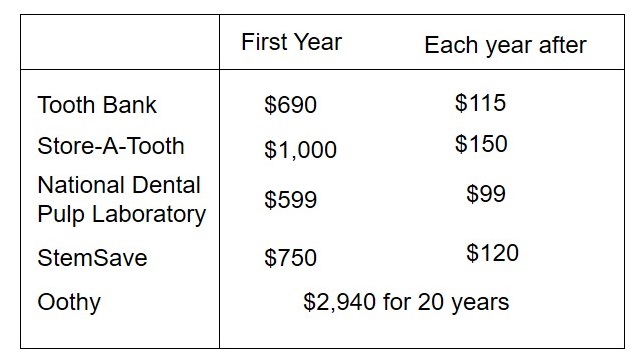
If your child does end up needing stem cell therapy 20 years from now, and if there is an approved stem cell therapy available, the cost of banking would be slightly below the $3,500-$5,000 cost of a related donor, and substantially below the cost of getting the cells from an unrelated donor. In addition, the knowledge that you have a perfectly matched donor available when the cells are needed is priceless. However, whether your child will develop a condition for which there is an approved stem cell therapy using those dental stem cells is still a big question mark at this point.
Do I just drop the tooth in a bag and send it off after it falls out?
Unfortunately, if you want to bank some stem cells, you can’t just wait for your child’s tooth to fall out and drop it in a bag. For the cells to remain viable, the tooth needs to be collected before it falls out. This likely means a trip to the dentist as soon as the tooth starts to wiggle. That means you may need to add in the cost of an uninsured dentist visit to the total, because insurance would not likely cover a visit for a tooth that was already destined to fall out on its own. Your child’s discomfort during the tooth extraction is also, unfortunately, a part of the equation as well.
So, what’s the take home?
The research behind the use of stem cells, particularly behind the use of cells collected from baby teeth, is quite promising and I have no doubt that it will eventually lead to some amazing therapies. If you have the disposable income to put towards banking your child’s teeth, it would probably be worth the peace of mind to know that you have those cells there if you need them. I think it will be many years yet before the practice is commonplace, though. Given the state of the research and the likelihood that there will be a stem cell therapy available for a particular disorder that may or may not develop, this tooth fairy will probably just save her money and keep storing those teeth in the box for now.
Contributing Sources:
Anitua, E., Troya, M., & Zalduendo, M. (2018). Progress in the use of dental pulp stem cells in regenerative medicine. Cytotherapy, 20(4), 479-498.
Campanella, V. (2018). Dental Stem Cells: Current research and future applications. European journal of paediatric dentistry: official journal of European Academy of Paediatric Dentistry, 19(4), 257-257.
Ledesma-Martínez, E., Mendoza-Núñez, V. M., & Santiago-Osorio, E. (2016). Mesenchymal stem cells derived from dental pulp: a review. Stem cells international, 2016.
Kerkis, I., & Caplan, A. I. (2011). Stem cells in dental pulp of deciduous teeth. Tissue Engineering Part B: Reviews, 18(2), 129-138.
Yamada, Y., Nakamura-Yamada, S., Kusano, K., & Baba, S. (2019). Clinical potential and current progress of dental pulp stem cells for various systemic diseases in regenerative medicine: A concise review. International journal of molecular sciences, 20(5), 1132.
